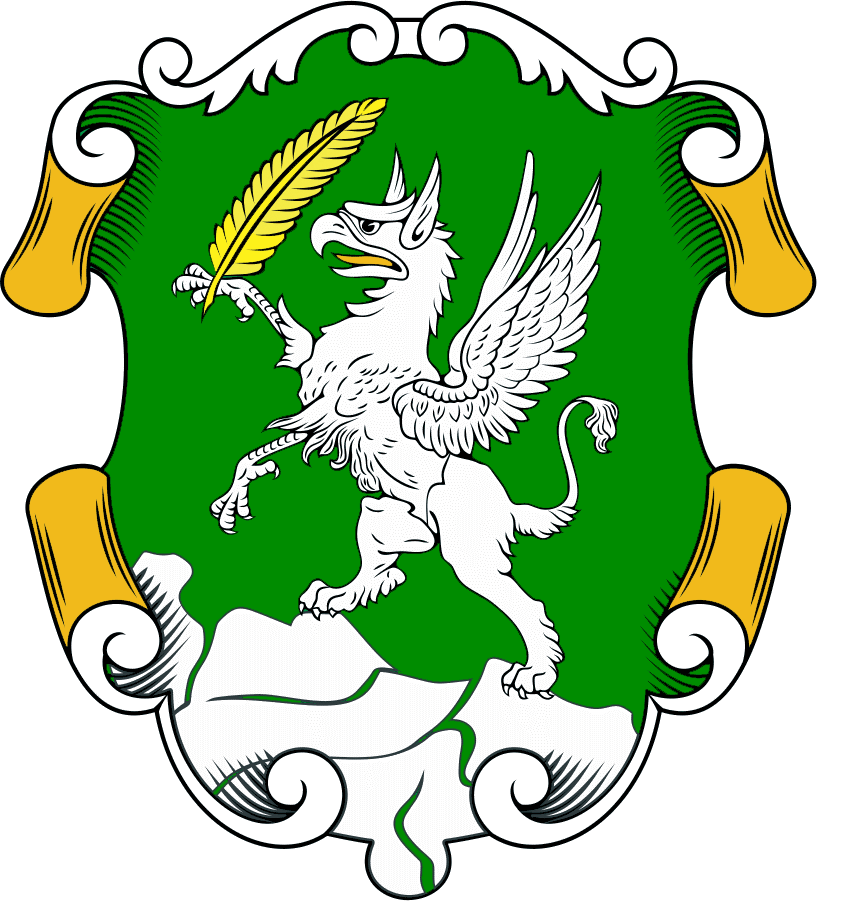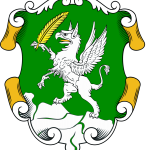
Since 2013, the “Cultural practices associated with the 1st of March” were proposed to be protected as intangible cultural heritage with a multinational application to UNESCO, submitted by North Macedonia, Romania, Bulgaria and Moldova.

Unlike other countries where martinki are national pride, this tradition was almost dying in North Macedonia being practiced only by elderly people within some families or communities. As an organization engaged in the Balkan heritage, HAEMUS decided to support the ongoing application, in order to protect, educate and popularize this heritage. For this purpose, HAEMUS created the Grandma March Day traditional manifestation.
The project, shaped as a live interactive event, consists of many elements including multilingual educational panels and an archive of original amulets gained from several countries. Always set in a natural environment (places abound with people, decorated with trees to hang the amulets on), they are exhibited during the spring festivities, and supplemented with a bazaar of handmade martinki, as well as with creative workshops for children as an added interactive social value. In 2017 the custom was inscribed on UNESCO’s Representative List of the Intangible Cultural Heritage of Humanity, making HAEMUS a legal guardian of this tradition.
With time, the manifestation grew from several hundred up to more than 10,000 visitors. This provides the HAEMUS team with opportunities for conversations with many of the visitors, making audio or video recordings, paying close attention and inspiring communities regardless of their nationality, religion, gender or age, to share their experiences. The real storytellers are the people who practice this custom. HAEMUS provides them with a place and space where, through interpretation, they can tell their own stories, transmit and share their experiences and feel like home.
The visitors are also encouraged with the first-hand heritage experience of making martinki by themselves. HAEMUS’ goals to preserve and promote this cultural heritage are especially achieved through special workshops with a focus on children of pre-school and school-age. These workshops are carefully created and designed, helping them to visualize and express the knowledge of tradition and multiculturalism, thus preserving a tradition from oblivion.
This Grandma March Day project has been selected among the ten best European Heritage Stories for 2020. Before that it was included as a case study in Interpret Europe’s manual, ‘Fostering communities through heritage interpretation: Case studies from the Western Balkan region’.
Vasilka Dimitrovska is a professional archaeologist, heritage consultant and a director of HAEMUS – Center for scientific research and promotion of culture, based in Skopje, North Macedonia. She can be contacted at: dimitrovska@haemus.org.mk.
Original article was posted by the Interpret Europe on their web site and it was included in the Interpret Europe Newsletter 3-2020.
To cite this article:
Dimitrovska, Vasilka (2020) ‘Martinki custom – Saving intangible heritage through interpretation’. In Interpret Europe Newsletter 3-2020, 19.
Available online: http://www.interpret-europe.net/fileadmin/Documents/publications/Newsletters/ie_newsletter_2020_3_autumn.pdf





